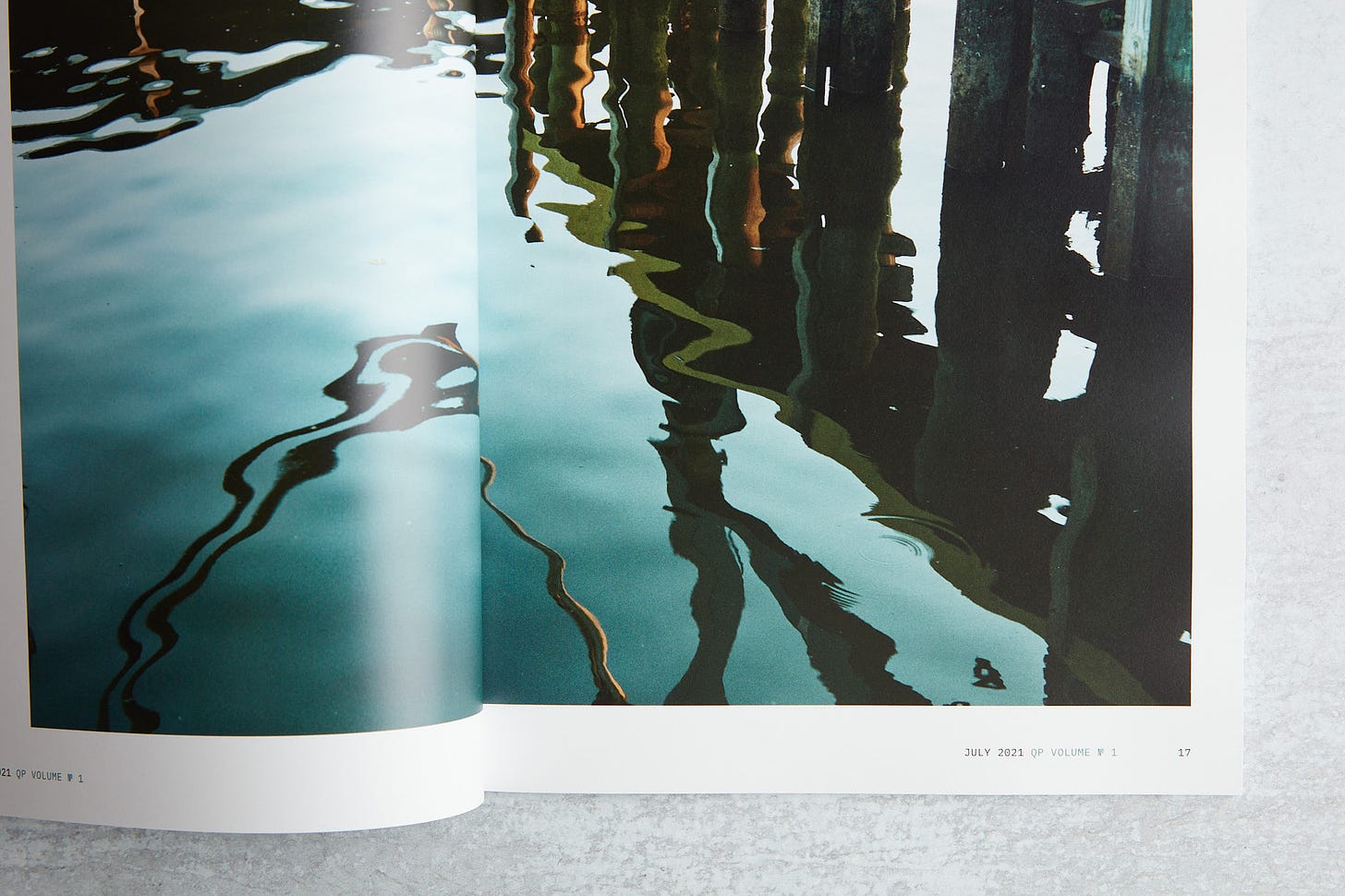By R W Boyer
Mixam sounds funny. Potentially a dance step, or maybe a ritual performed on the summer solstice? I have no idea what Mixam means but I can say it’s my new go-to on-demand print service.
As part of this series, I’ve done a ton of research and testing. Mixam was a new player I’ve not heard of before. No big surprise, they opened their doors in the USA two years ago. Before that Mixam operated in the UK. I’ll peg them as a creative, flexible alternative to the usual suspects (KDP, Mag Cloud, Blurb) with a few twists. Mixam resolves all of the reservations I have when using Amazon KDP or Mag Cloud.
Upsides Of Mixam
Detailed specifications and guidelines for page size, file formats, and color profile
Printed results are within expectations based on my proofing setup, acceptable for general purpose publishing of all kinds
Great person-to-person customer service and technical support
Large array of product sizes, formats, and options
Easy to use on-line interface, quotes, and proofing
Great value at both low and high number of copies
Permanent on-line viewer for every order that can be shared publicly
Custom services, products, and printing features are available
Downsides Of Mixam
Not a great value for one-offs, depending on the product variations the average volume to get good per-unit pricing is ten.
No sales or order fulfillment like Amazon, you’ll need to figure that out yourself (or use a third party)
Quick turn-around time but slower than Amazon KDP
Value And Volumes
Yes, there’s a higher cost using Mixam at very low volumes but that goes away and turns around at higher volumes. To get close to Amazon KDP’s single unit cost you’ll typically need 10 copies. If you need a very large number of units Mixam offers something unique. Using the same file, the same on-line system, the same process top-to-bottom, they’ll automatically switch from digital press to traditional offset. When that threshold is crossed the unit cost blows away any digital press service.
Here’s an example of lower volume pricing and value using one of my tests. I decided to make a simple poster to proof color. The pricing for 10 copies at 12in x 18in was $25. That works out to $2.50 per copy. Not bad, affordable for 10 posters to use as gifts, promotional items, or 1000 other things. Then there is shipping, that’s the killer at $15 which turns the unit cost into $4 each. Not quite the deal it was...
That’s not the full story. If I raise that quantity to 20 the printing cost is still $25. How about 50? Still $25, that’s the way this plays out until 90 copies on this particular product where the printing cost is now $33.50. You can see how their business model is set up, a reasonable unit cost that is higher quality and better consistency at around 10 units but really gets great as the volume goes up. A hundred copies are $37.50. That unit cost is less than 38 cents. How about shipping? Shipping comes out to be $15.70.
As you can see the value is shockingly good as the number of units goes up. That’s not unique in the print services industry. What is unique is that lower volumes are still competitive and you get that unit cost advantage in small increments. With many other custom printers, it’s all or nothing. Anything less than 1000 copies is unaffordable from a unit cost perspective.
You’ll find a similar pattern with all of their products from magazines to hardcover books. Reasonable unit cost somewhere around 10 copies and great unit cost as the number of copies goes up. Let’s beat the horse some more. How about a 19in x 27in poster at 100 copies? And, the survey says... $74.50 and $15.75 shipping. That’s a lot bigger than 12in x 18in but similar unit cost.
What About Color?
I used the same interior photographs and even added a few twists to test the color accuracy compared to my soft-proofing environment. I included specific Pantone Color Bridge color swatches at the front of my test magazine. Drum roll please... Wow, they are exactly how I expected them to turn out. The same goes for my photos.
Am I declaring absolute perfection? If I tore that page out and compared it to Pantone Color Bridge chips I ordered would they match exactly? Probably not but then again even my reasonably good 10-bit Adobe RGB calibrated soft-proofing setup and a perfectly calibrated printer would likely be a hair off when doing that comparison. Why? Different printers, different processes, different print conditions, different paper. Heck even different D50 viewing booths are a hair off from each other. I am saying it’s good enough to make an experienced printer happy.
The support available is great. I never say that without qualifications. I talked to two different support reps on three different occasions. Both were fully prepared to discuss their services at any level of detail and experience one might have. That’s rare. Have no idea what you are doing and no idea if your setup is providing a good preview of what you’ll get? Give them a call and ask, I was shocked at how knowledgeable and helpful both people were.
Stay tuned, much more on the way, including ideas for using these services you may not have considered before. As always share your self-publishing (good and bad) experiences with the Paper Arts community. Maybe we can help get things sorted out, or you can help others.





Thank you for this series!